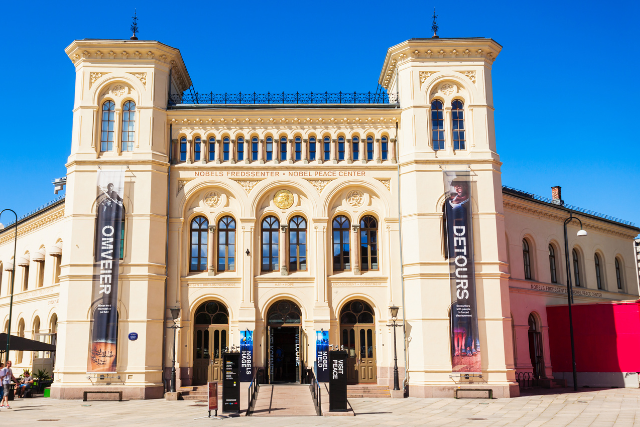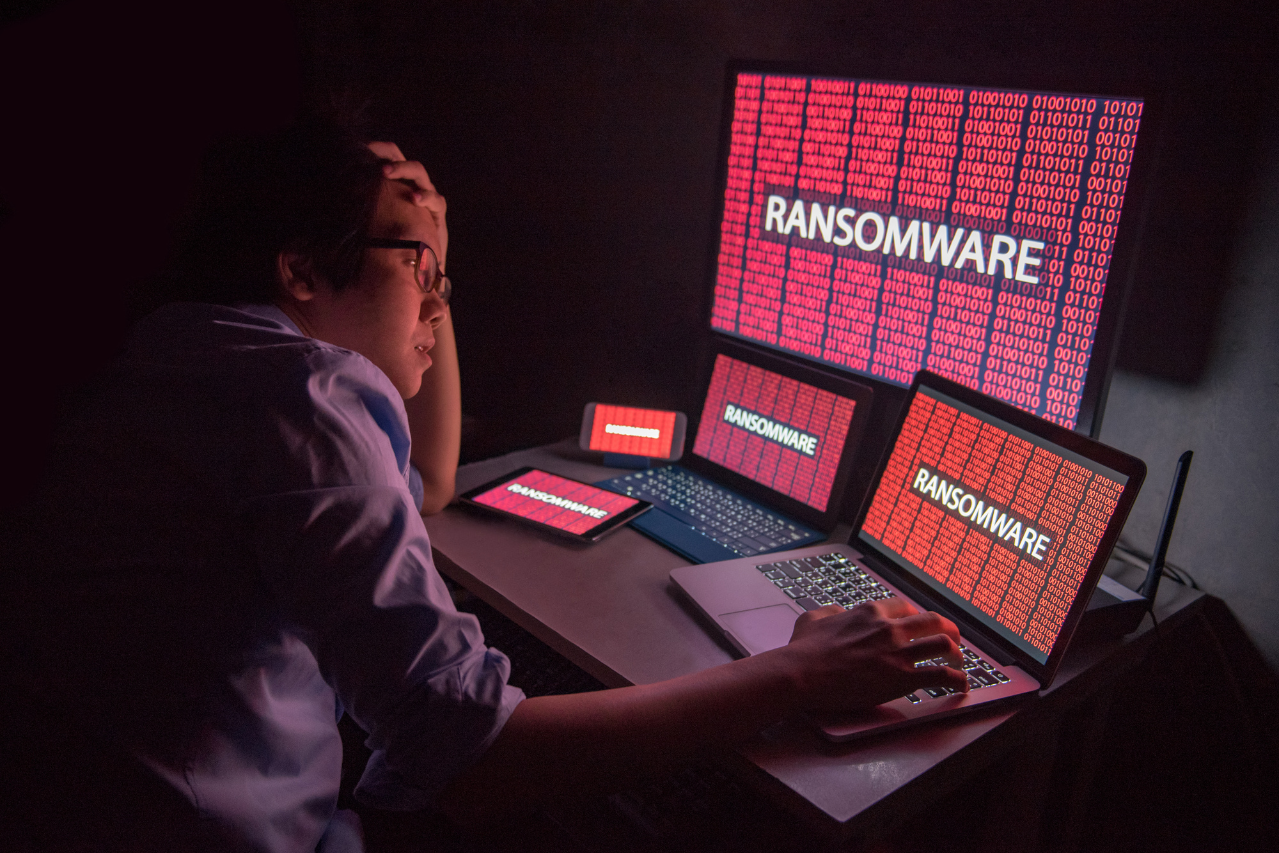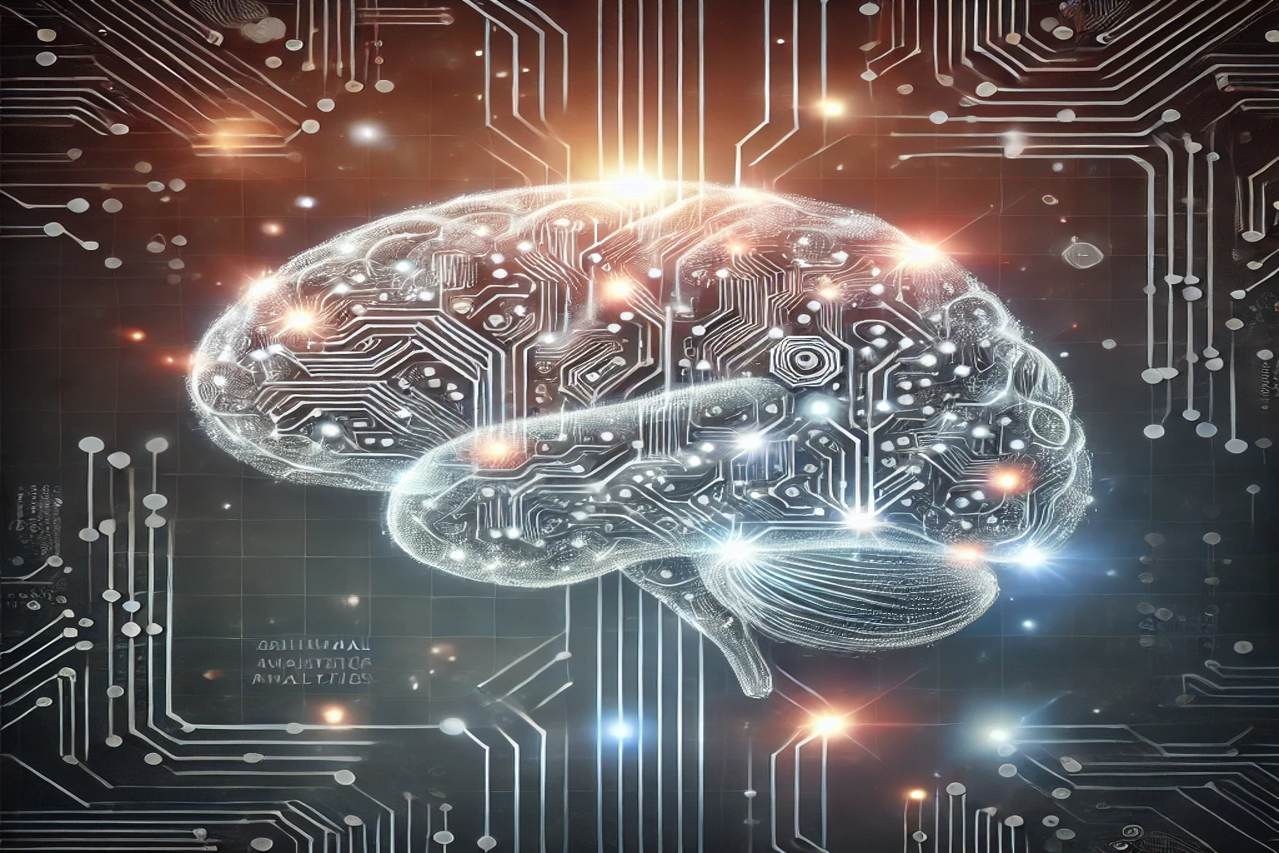The 2024 Nobel Prize in Physics has been awarded to two pioneering scientists, John J. Hopfield from Princeton University and Geoffrey E. Hinton from the University of Toronto, for their groundbreaking work that laid the foundation for modern machine learning using artificial neural networks.
Their research has transformed how artificial intelligence (AI) learns and processes information, drawing inspiration from the human brain. John Hopfield developed a method known as the Hopfield Network, which uses concepts from physics to store and reconstruct patterns, such as images or data. His work, rooted in the physics of atomic spin, allows neural networks to “recover” incomplete or distorted information—a concept that mirrors how human memory works.
Geoffrey Hinton, often called the “Godfather of AI,” expanded on this idea with the Boltzmann machine, a type of neural network that autonomously discovers patterns in data. This machine has been pivotal in shaping modern AI’s ability to classify images and learn from vast datasets. Hinton’s contributions have led to the explosive growth of machine learning technologies we see today, powering everything from medical diagnostics to self-driving cars.
This recognition underscores the profound impact of physics on the development of artificial intelligence and how these advancements are reshaping fields as diverse as healthcare, finance, and robotics(NobelPrize.org)(NobelPrize.org).
The laureates will share the prestigious prize of 11 million Swedish kronor (around $1 million), further cementing their contributions to the future of AI.




